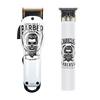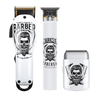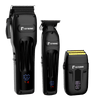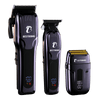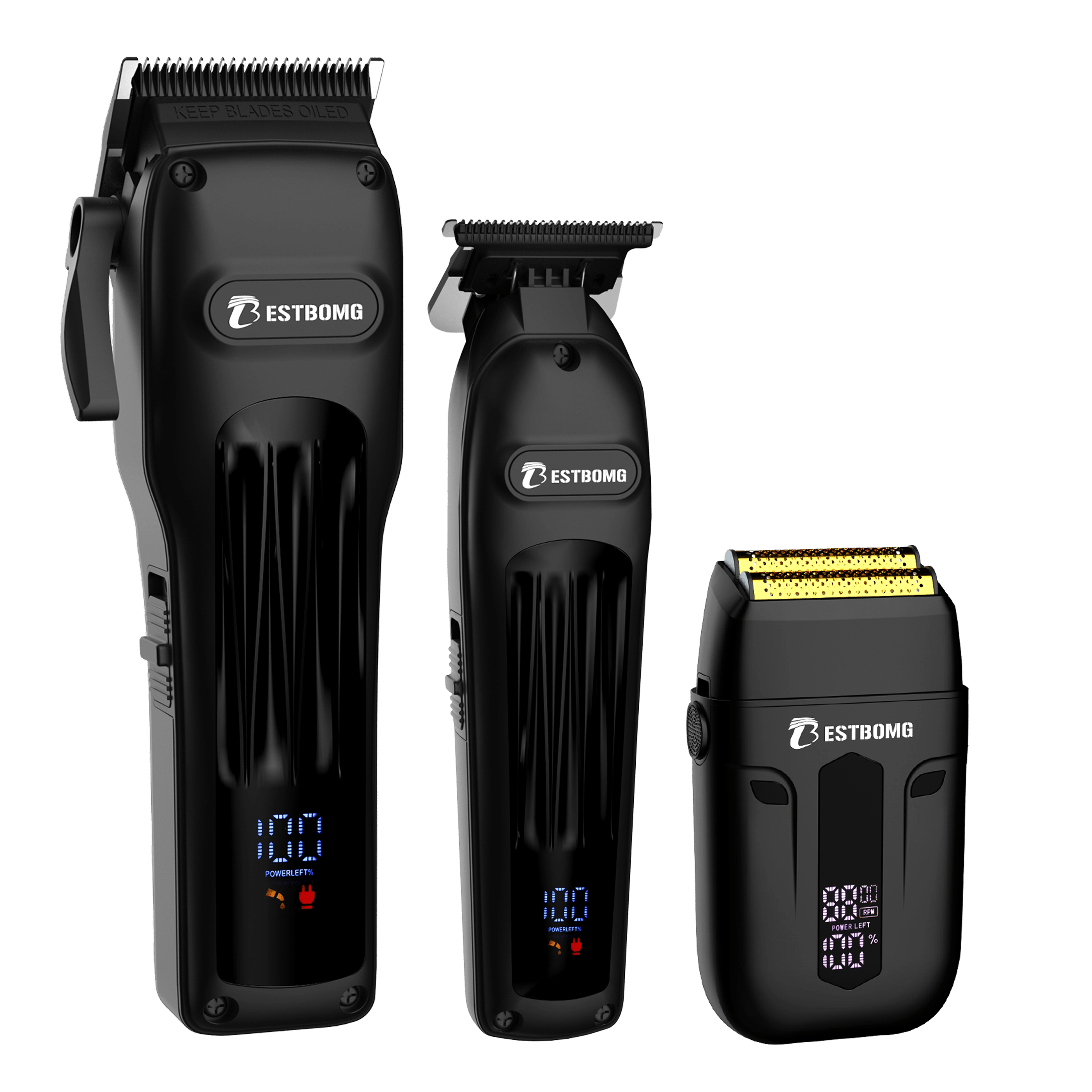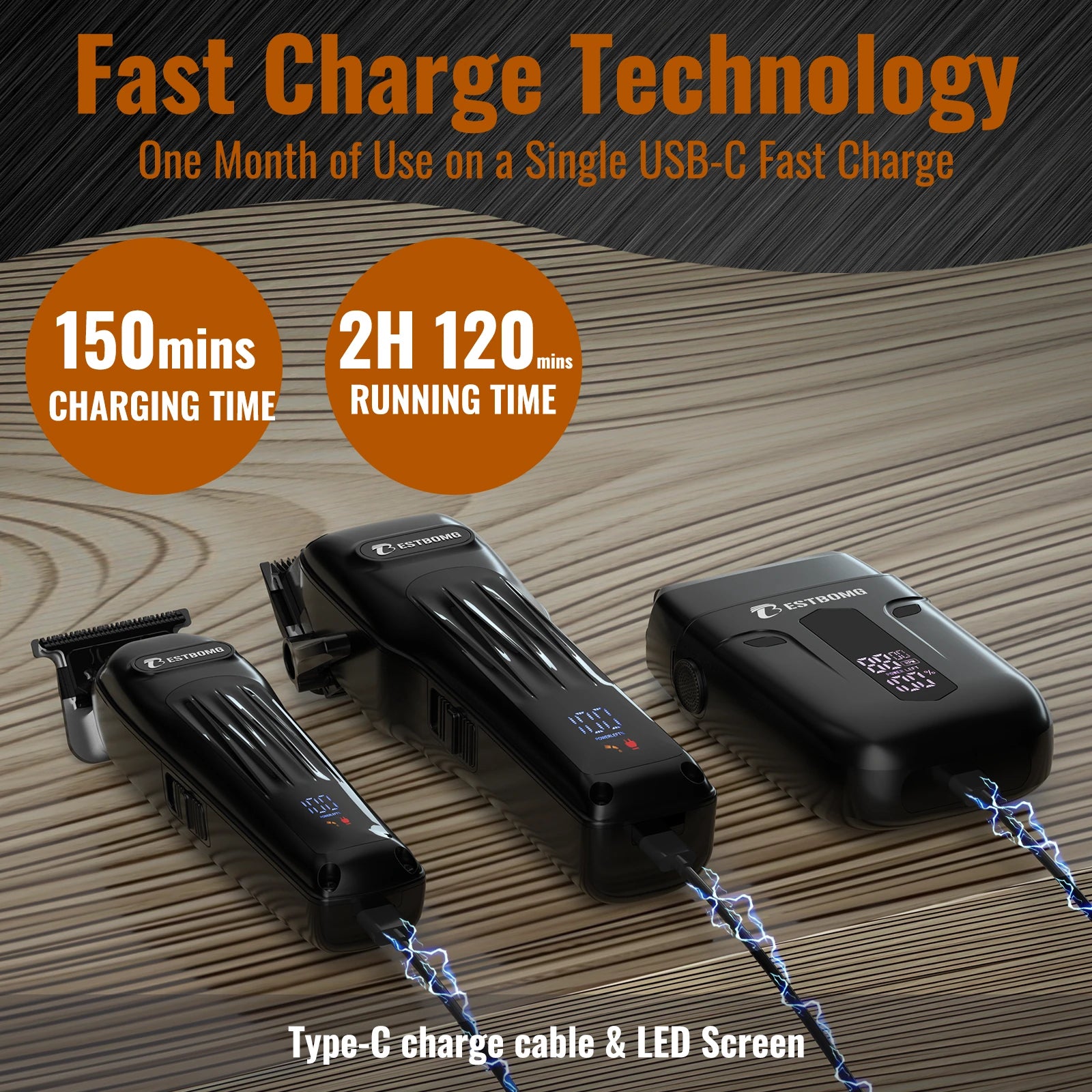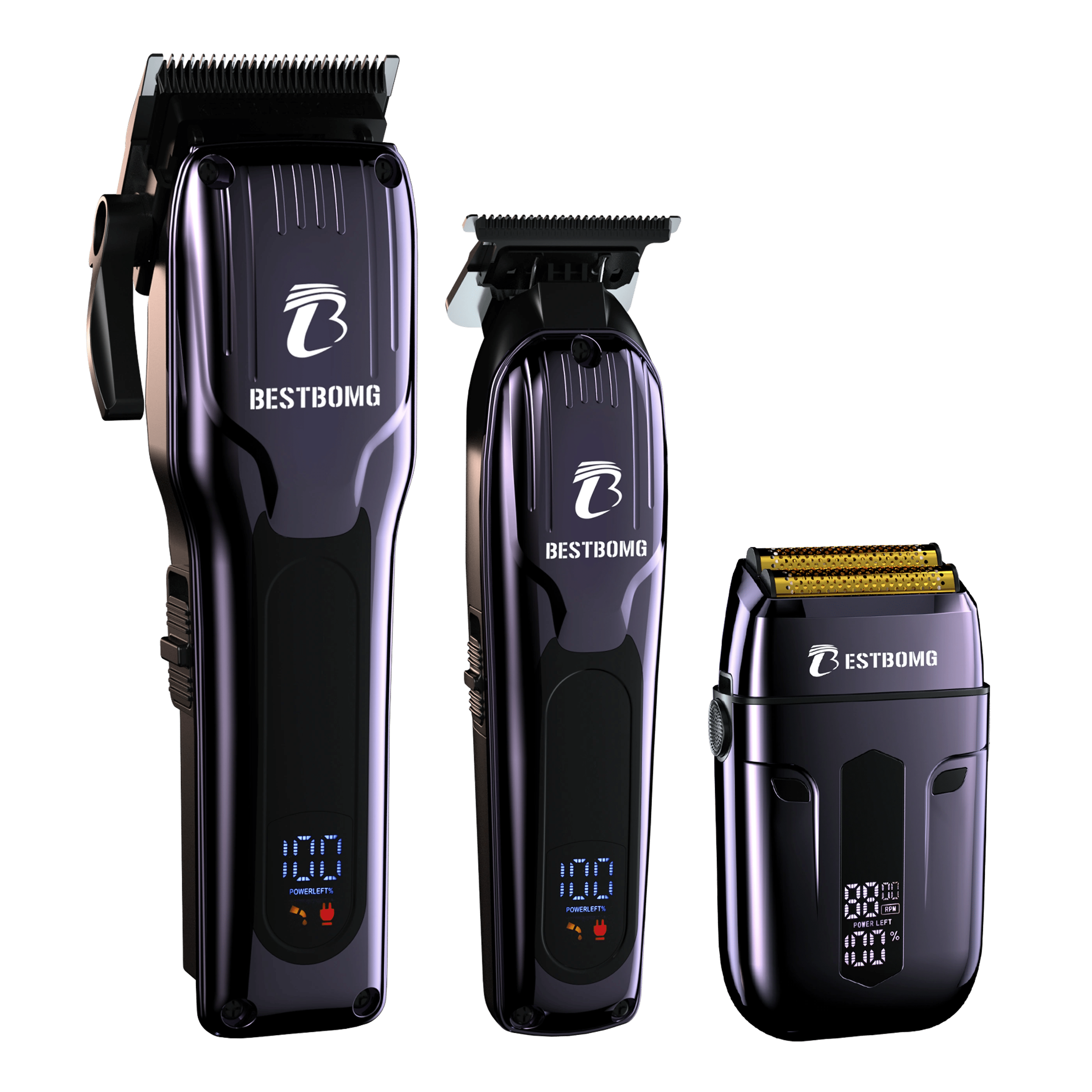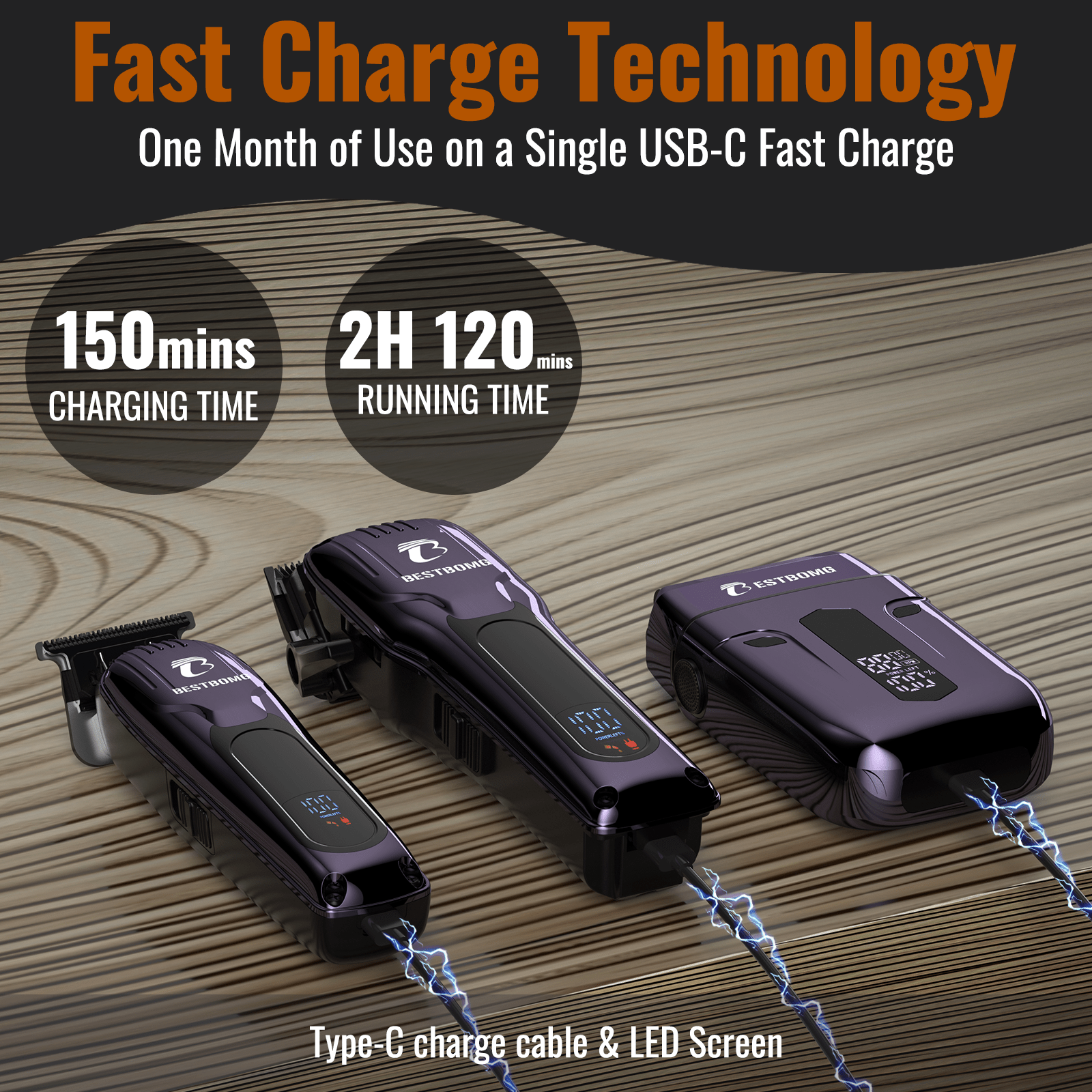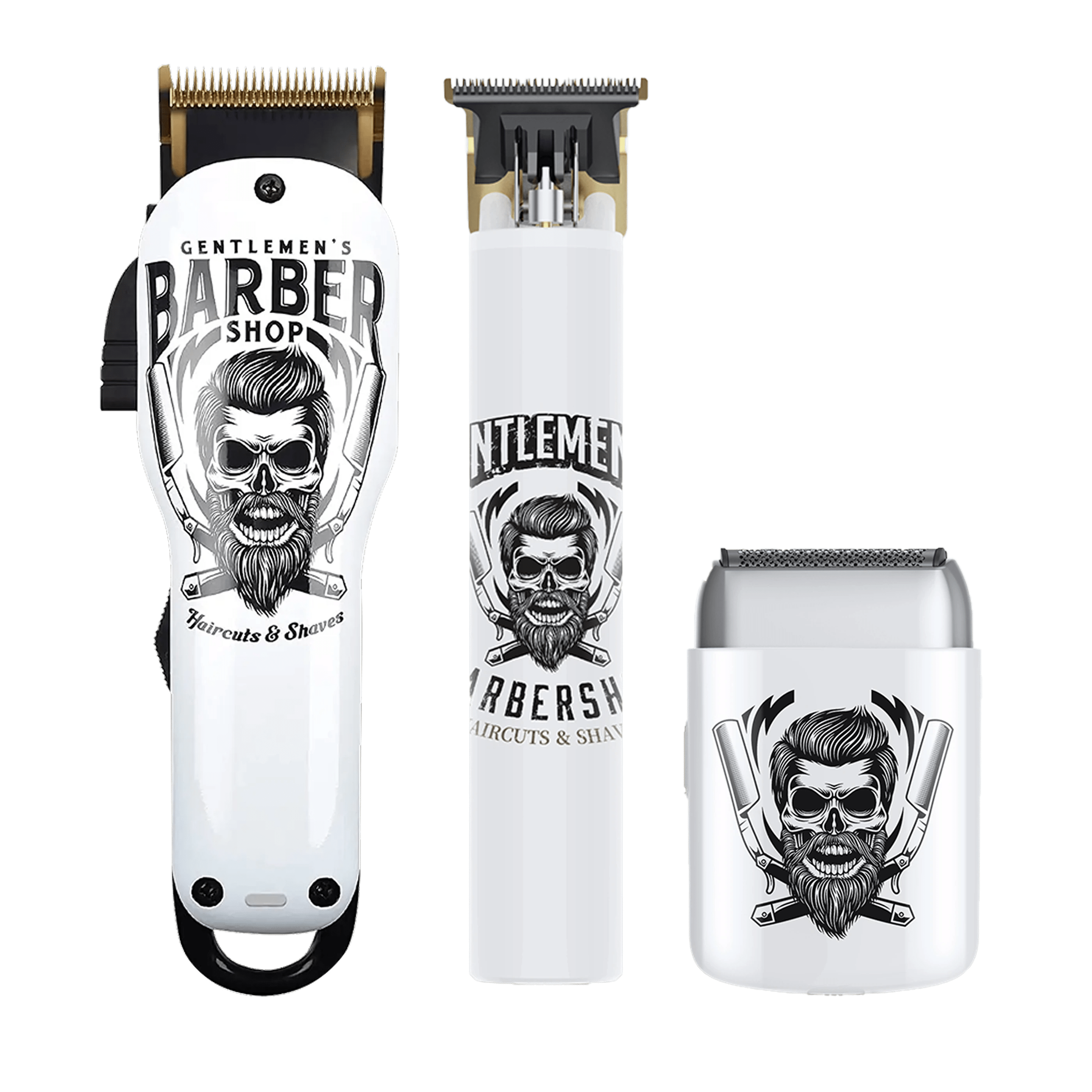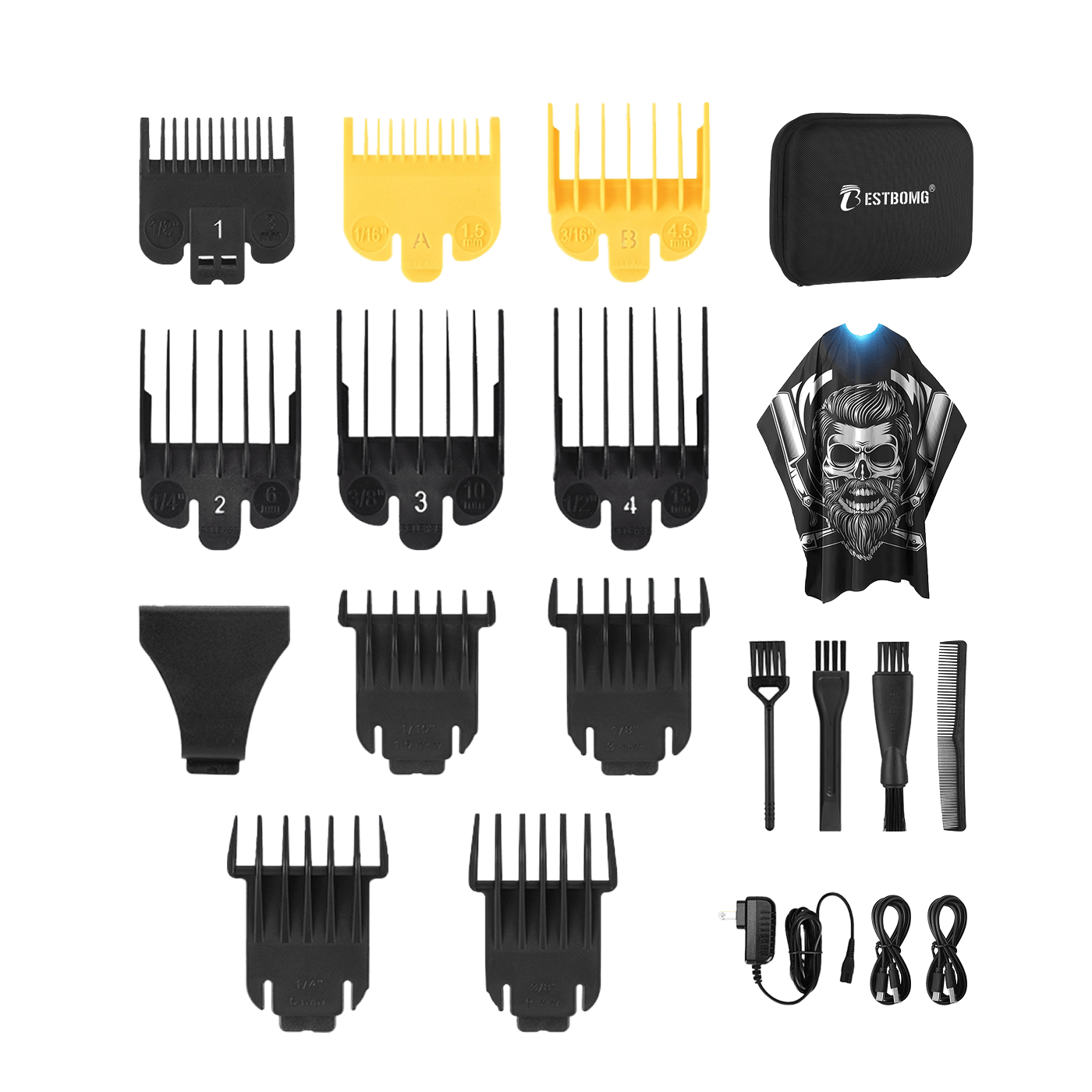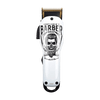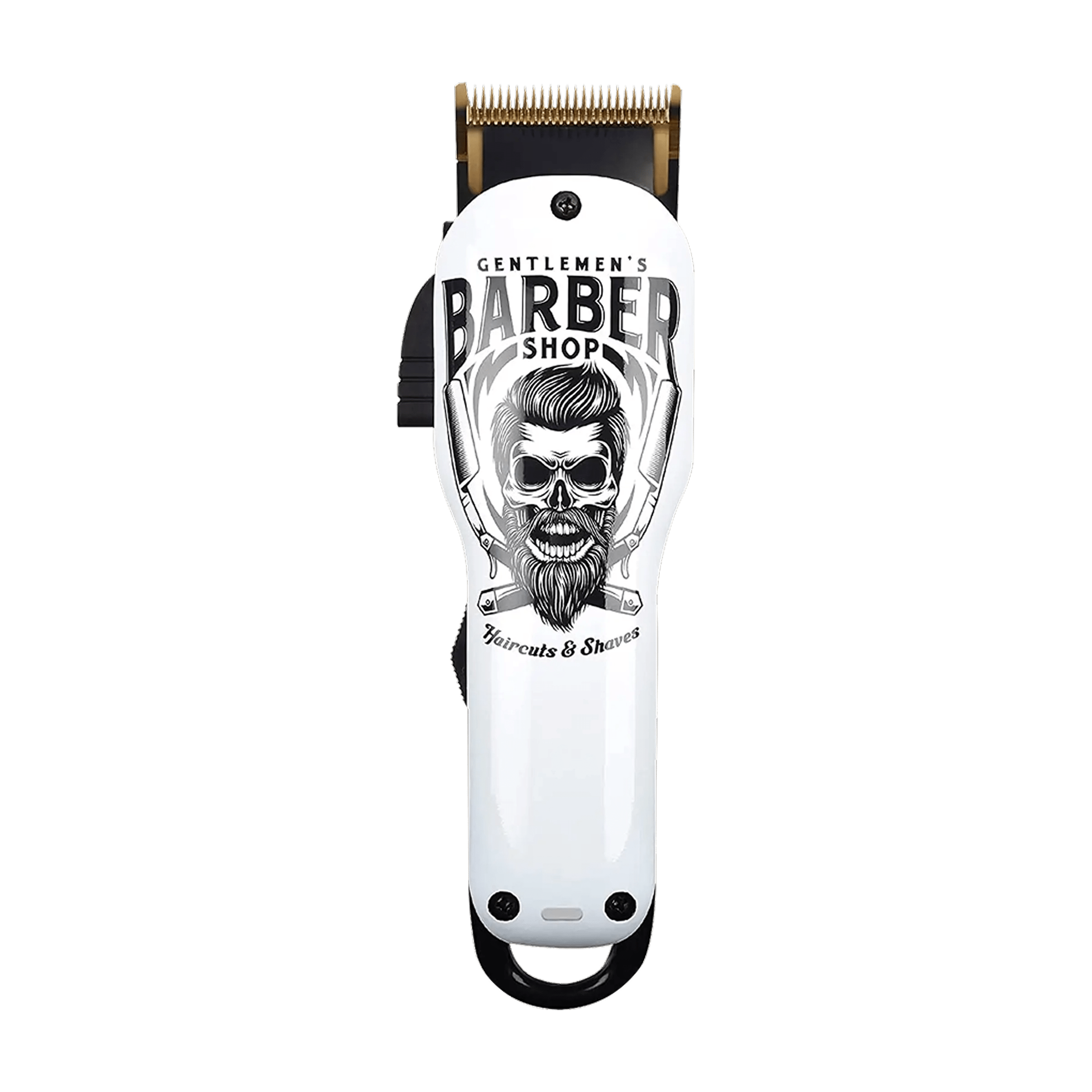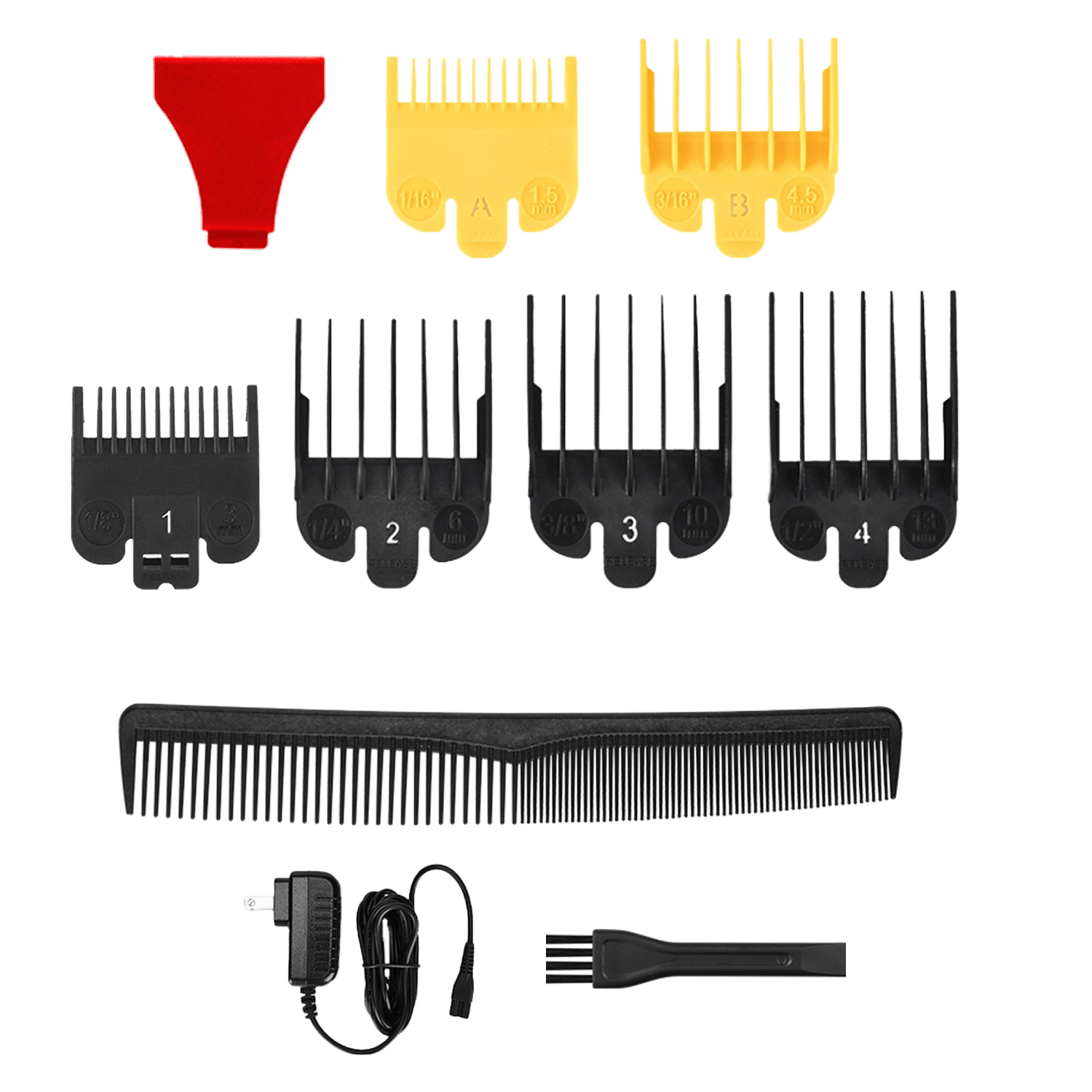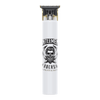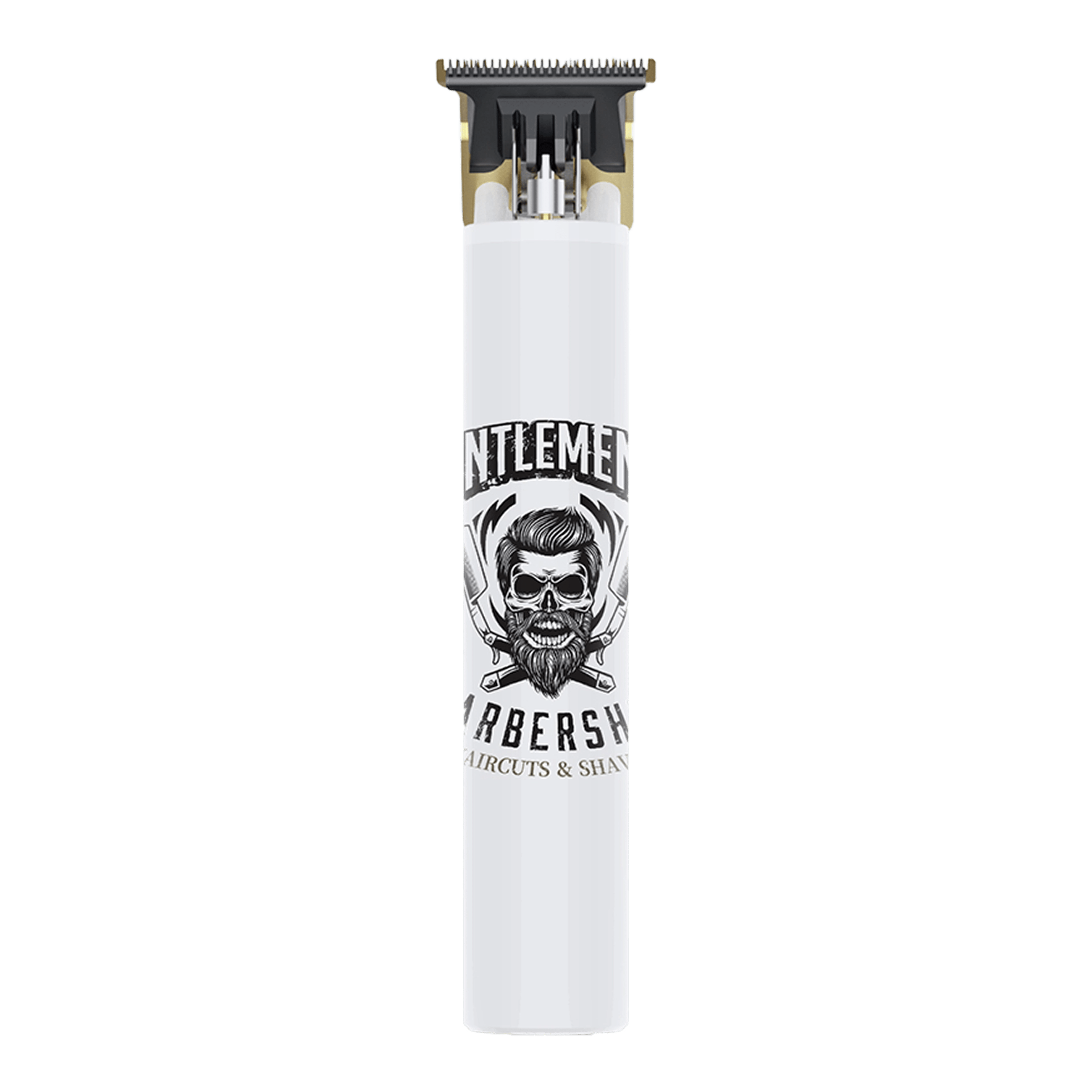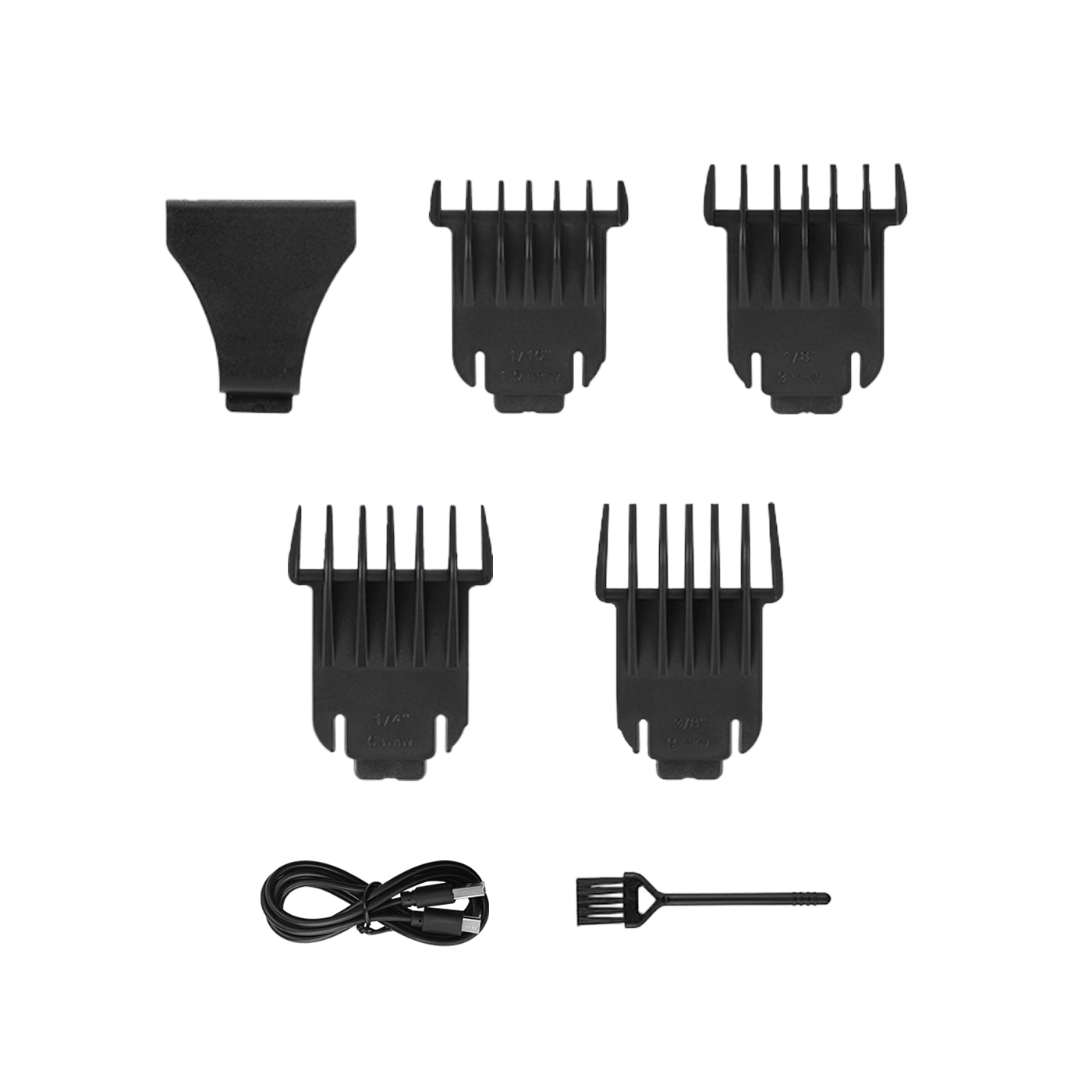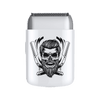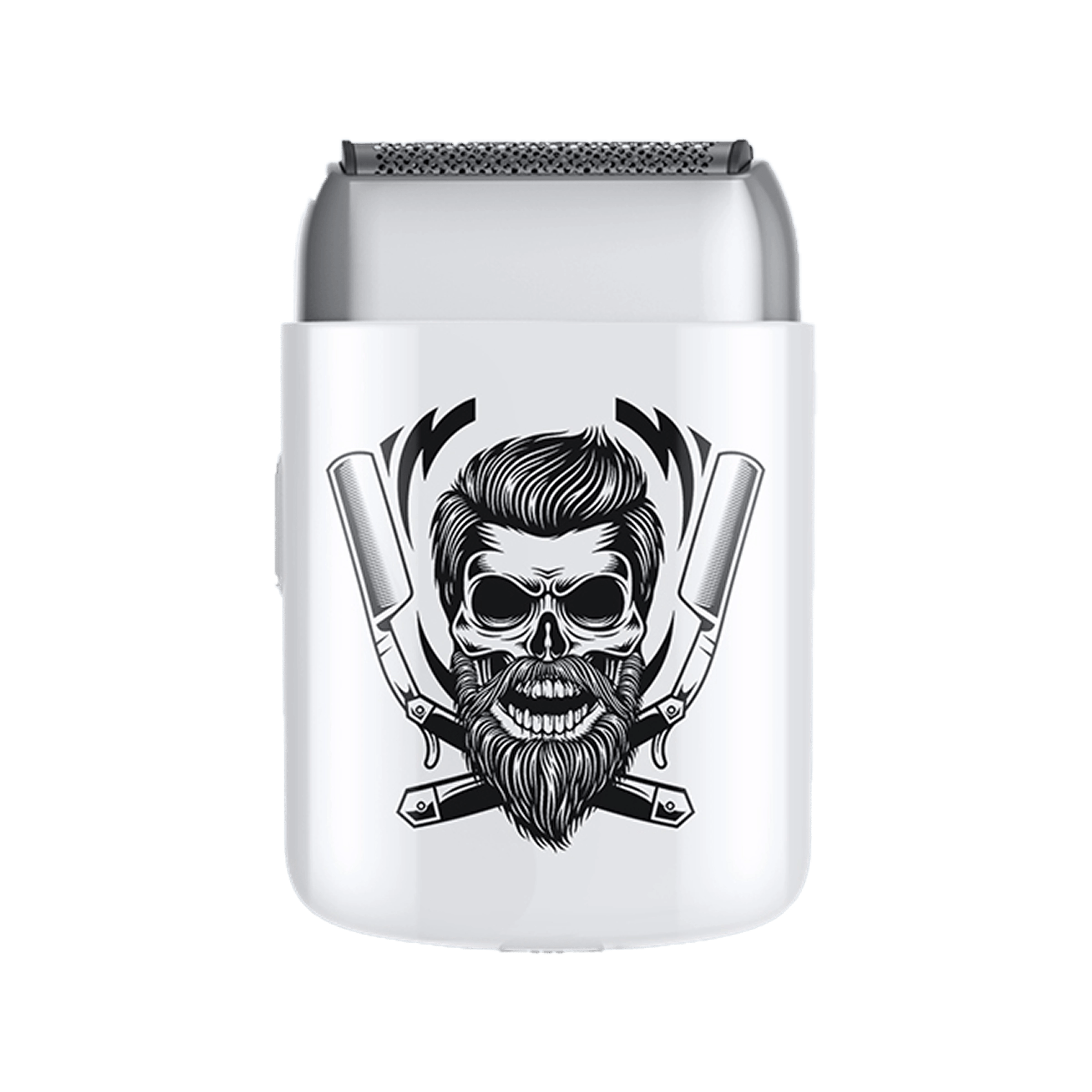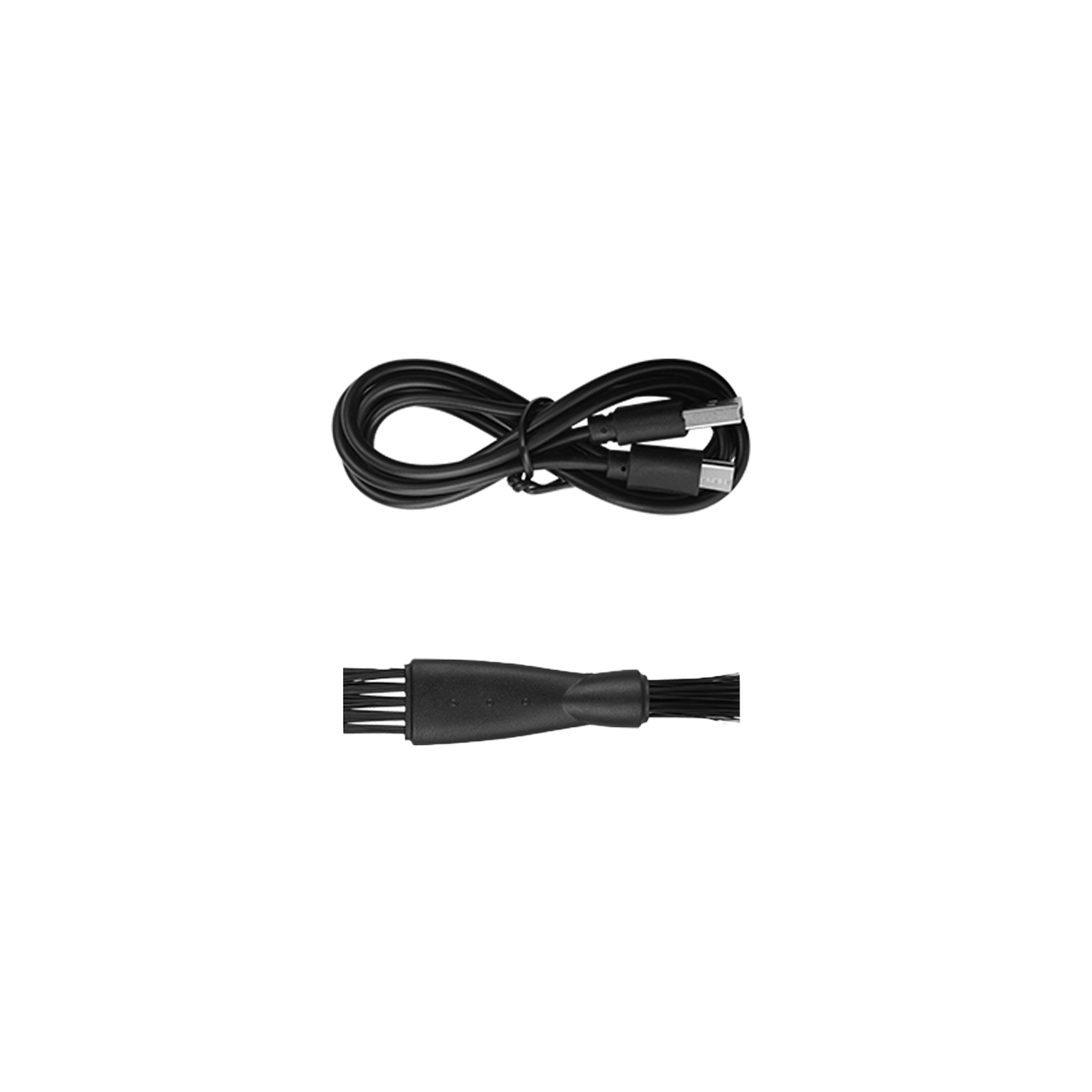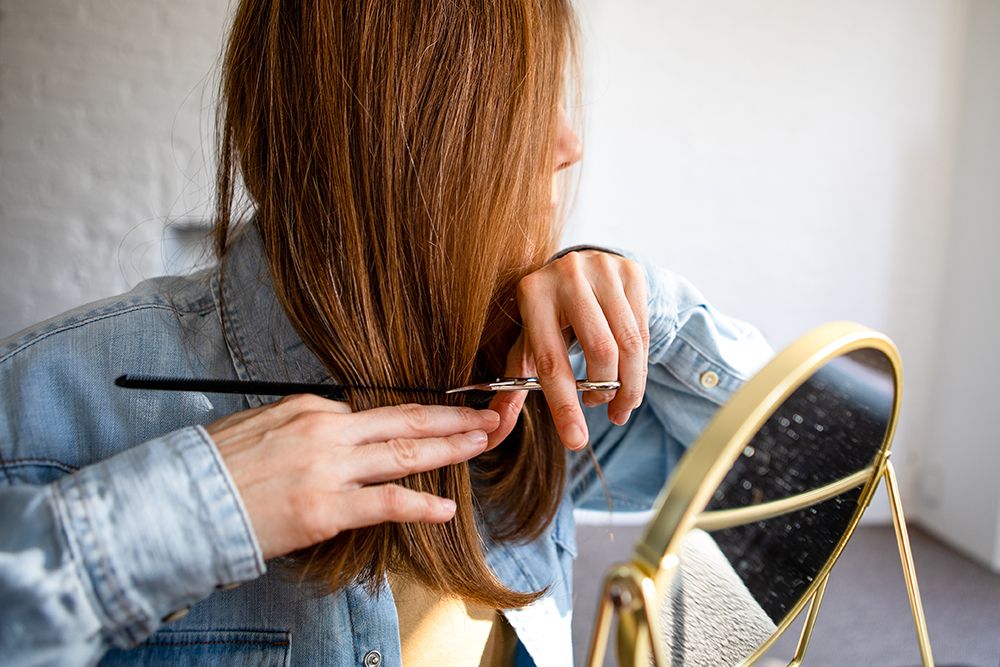Learning how to use clippers to cut your own hair can be empowering—and surprisingly easy with the right guidance. Whether you’re maintaining a short pixie, creating soft layers, or refreshing a bob, clippers offer precision and control that scissors can’t always match.
This guide walks you through every step—from prep to blending and finishing—plus key tips for women with short, medium, or long hair. You’ll also discover which Bestbomg hair clippers work best for your DIY goals.
Why More Women Are Using Clippers at Home

Hair clippers aren’t just for barbershops anymore. With flexible guard sizes and ergonomic designs, they’ve become an at-home essential for women who want quick, even, salon-quality results.
Advantages of using clippers:
- Faster than scissors for full trims.
- Perfect for short hairstyles or undercuts.
- Consistent results without fatigue.
- Great for blending and layering.
- Easy to clean and maintain.
According to Good Housekeeping, clippers can give you professional finishes when used with the correct technique—especially if your hair is straight or fine.
Step 1: Gather Your Tools

Before you start, organize everything to make the process smooth. You’ll need:
- A quality clipper (corded or cordless).
- Guards in various lengths (e.g., #2, #3, #4).
- A comb for sectioning and blending.
- Hand mirror to view the back.
- Hair clips or ties to manage sections.
- Towel or cape to keep hair off your clothes.
If you’re looking for a high-precision, female-friendly tool, the Bestbomg BS-808A Hair Clippers Kit includes multiple guards, a powerful motor, and quiet operation—ideal for beginners and pros alike.
Step 2: Prepare Your Hair and Work Area

Proper preparation ensures even results and fewer mistakes.
- Wash and dry your hair completely. Clippers perform best on dry hair.
- Comb out tangles so hair flows smoothly through the blades.
- Work in bright light near a large mirror.
- Section your hair if it’s long or thick. Use clips to separate top, sides, and back.
Avoid cutting wet hair—it can appear longer and lead to uneven results when dry.
Step 3: Choose the Right Guard Size
Guards control how much length you remove. The higher the number, the longer the cut.
|
Guard Number |
Approx. Length |
Style Use |
|
#8 (1") |
Long pixie, blending top layers |
|
|
#4 (½") |
Short crop or layered bob |
|
|
#3 (⅜") |
Tapered sides or undercut |
|
|
#2 (¼") |
Buzz or faded look |
|
|
#1 (⅛") |
Very close trim |
Pro Tip: Start with a longer guard. You can always go shorter, but you can’t put hair back!
If you prefer adjustable precision, the Y4T9 Hair Clippers Kit offers easy length control and ergonomic grip, perfect for self-cuts.
Step 4: Start Cutting — The Right Way for Women
Now that you’re set up, it’s time to start your DIY haircut.
1. Begin at the Back
- Start near your nape with your longest guard attached.
- Move the clippers upward and against the direction of hair growth.
- Use slow, steady motions—avoid jerking.
- When you reach the upper part of the head, roll the clippers outward slightly for a natural blend.
2. Work Around the Sides
- Continue from the sideburn area upward.
- Maintain equal pressure to avoid uneven spots.
- Use a mirror to check symmetry.
3. Blend the Top and Crown
- Switch to a shorter guard for sides and back to create a smooth transition.
- For the top, lift hair with a comb and trim any uneven strands that extend past it.
4. Add Texture or Shape
- Use a point-cut motion (clipping upward slightly into the ends).
- This adds movement to bobs and pixie cuts.
Step 5: Blending and Detailing for a Natural Finish
Blending is key for soft transitions and a polished look.
Techniques:
- Hold a comb flat against your head and glide the clippers upward along it.
- Switch between guards (#3 to #4, for example) to even out lines.
- For around the ears, gently pull the ear forward and trim with a short guard or no guard.
- Clean up the neckline using the edge of the clipper blade or a trimmer.
A small, precise device like the T9 Beard Trimmer doubles as a detail trimmer for women. It’s perfect for refining edges or creating undercuts.
Step 6: Style and Check Your Work
When you think you’re done:
- Shake off loose hair and inspect under good lighting.
- Use a handheld mirror to check the back.
- Even out any longer strands you spot.
- Style as usual with your preferred hair product.
For fine or straight hair, a light volumizing mousse or texture spray enhances the shape.
Step 7: How to Use Clippers for Different Hair Lengths
For Short Hair (Pixie or Buzz Cut)
- Use guards between #2–#4.
- Keep the clipper flat to your scalp.
- Move evenly against hair growth for a clean finish.
For Medium-Length Hair (Bob or Lob)
- Use longer guards (#5–#8).
- Work in vertical sections for smooth blending.
- Roll the clipper outward slightly to keep softness at the ends.
For Long Hair
- Clippers can even out ends and maintain blunt or layered looks.
- Comb hair straight down and trim across using a clipper with a long guard.
- This gives you a precise, salon-straight edge quickly.
For more inspiration, see the Wikipedia article on Hair Clippers to understand how guard sizes and motor types affect performance.
Step 8: Cleaning and Maintaining Your Clippers
Keeping your clippers in top shape ensures consistent results and a longer lifespan.
After each use:
- Brush away loose hair from the blades.
- Apply clipper oil to prevent friction and rust.
- Wipe with a soft cloth.
- Store safely in a dry, dust-free area.
If your clipper has removable blades, clean them with alcohol occasionally. The BS-808C Hair Clippers Kit comes with maintenance tools included, making upkeep effortless.
For more grooming and hygiene advice, check out the Cleveland Clinic’s guide to safe grooming habits.
Clipper vs. Trimmer vs. Electric Shaver: Which Is Right for You?
|
Tool |
Best For |
Pros |
Example Product |
|
Clippers |
Full haircuts, blending |
Adjustable guards, even results |
|
|
Trimmers |
Detailing, edging |
Compact, precise |
|
|
Electric Shavers |
Smoothing close areas |
Quick, no guards needed |
For most women doing full haircuts, clippers are the most versatile and forgiving tool.
Frequently Asked Questions
Can women use clippers for all hair types?
Yes. Clippers work for straight, wavy, or curly hair. The key is choosing the right guard size and working slowly to avoid uneven sections.
How do I prevent harsh lines when using clippers?
Use the “roll-out” technique—when you reach the end of an upward stroke, roll the clipper outward slightly. This creates a smooth, natural blend.
What guard size should I start with?
Always start longer than you think. Begin with a #6 or #8, then gradually go shorter once you see how your hair responds.
Can I cut long hair with clippers?
Absolutely. Clippers are great for trimming ends or maintaining a straight cut on long hair. Just use a higher guard and section your hair carefully.
Should I cut wet or dry hair with clippers?
Always cut dry hair. Wet hair lies differently and can make you cut too short accidentally.
How often should I oil my clipper blades?
After every 1–2 uses. Regular oiling keeps the motor running smoothly and prevents pulling.
Conclusion: Master DIY Haircuts with Confidence
Cutting your own hair doesn’t need to be intimidating. With patience, good lighting, and the right clipper, you can achieve clean, stylish results from home.
For women ready to take control of their haircuts, explore Bestbomg’s Hair Cutting Kits—trusted by thousands for precision, comfort, and salon-worthy performance.
Read more
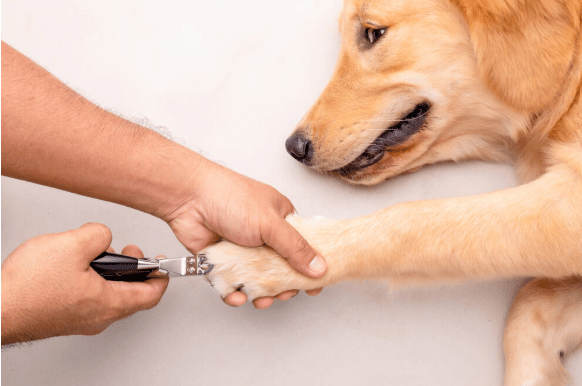
Stop Dog Nail Bleeding Home Remedy
If you’ve ever accidentally trimmed your dog’s nail too short, you know how startling it can be to see bleeding start. The good news? Most cases can be safely managed at home with a few simple reme...
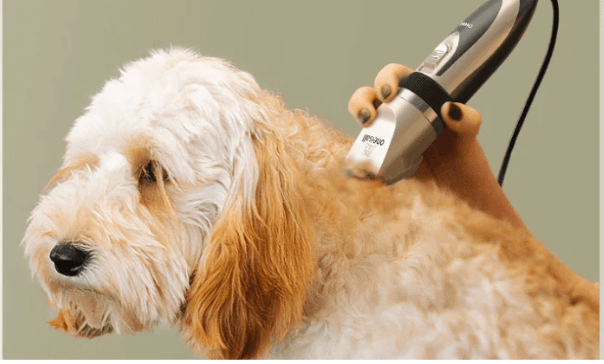
How to Cut Dogs Hair with Clippers Safely at Home
Giving your dog a haircut at home can save time and money while keeping your furry friend comfortable between professional grooming visits. Knowing how to cut dogs hair with clippers the right way ...
